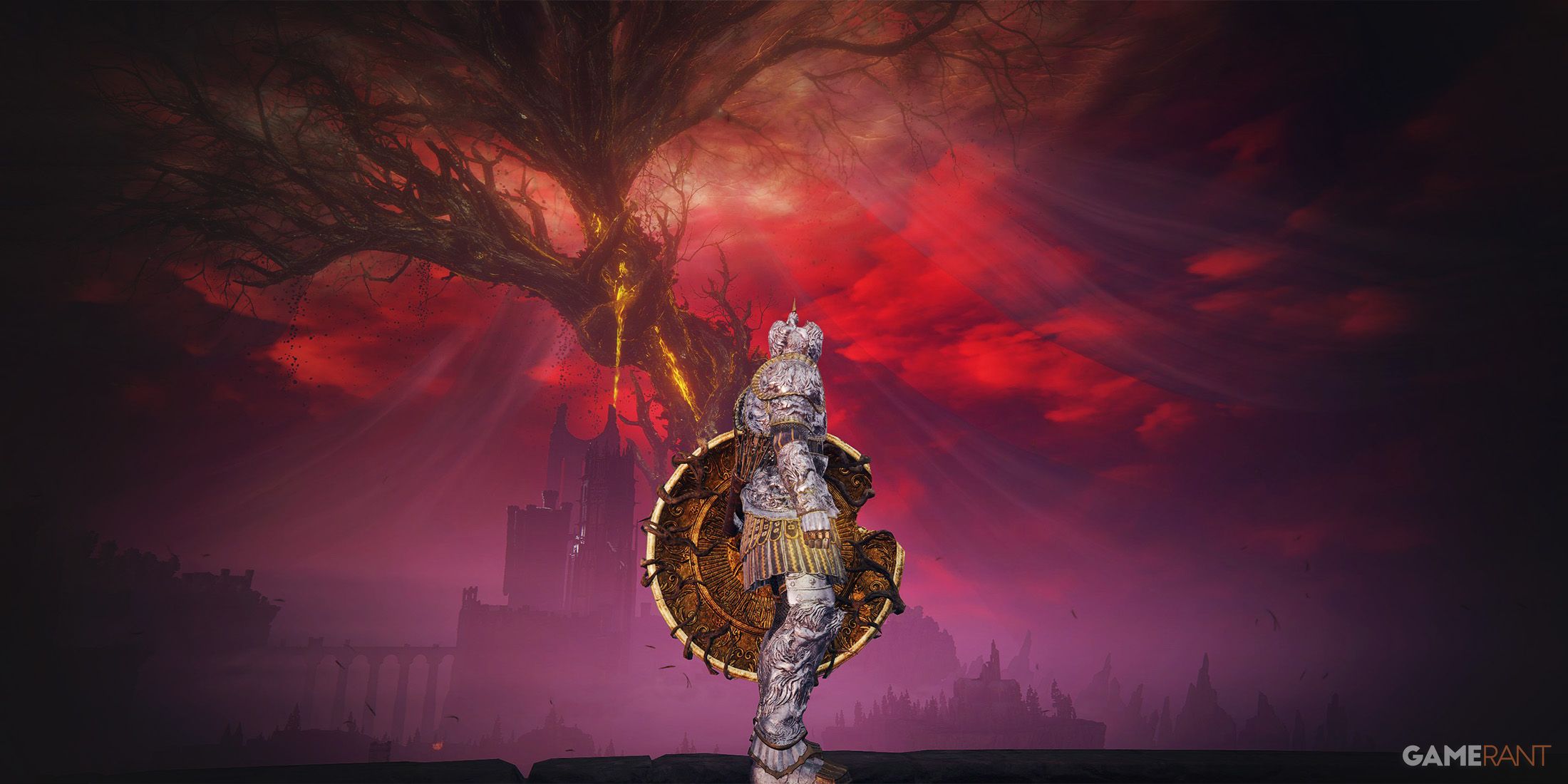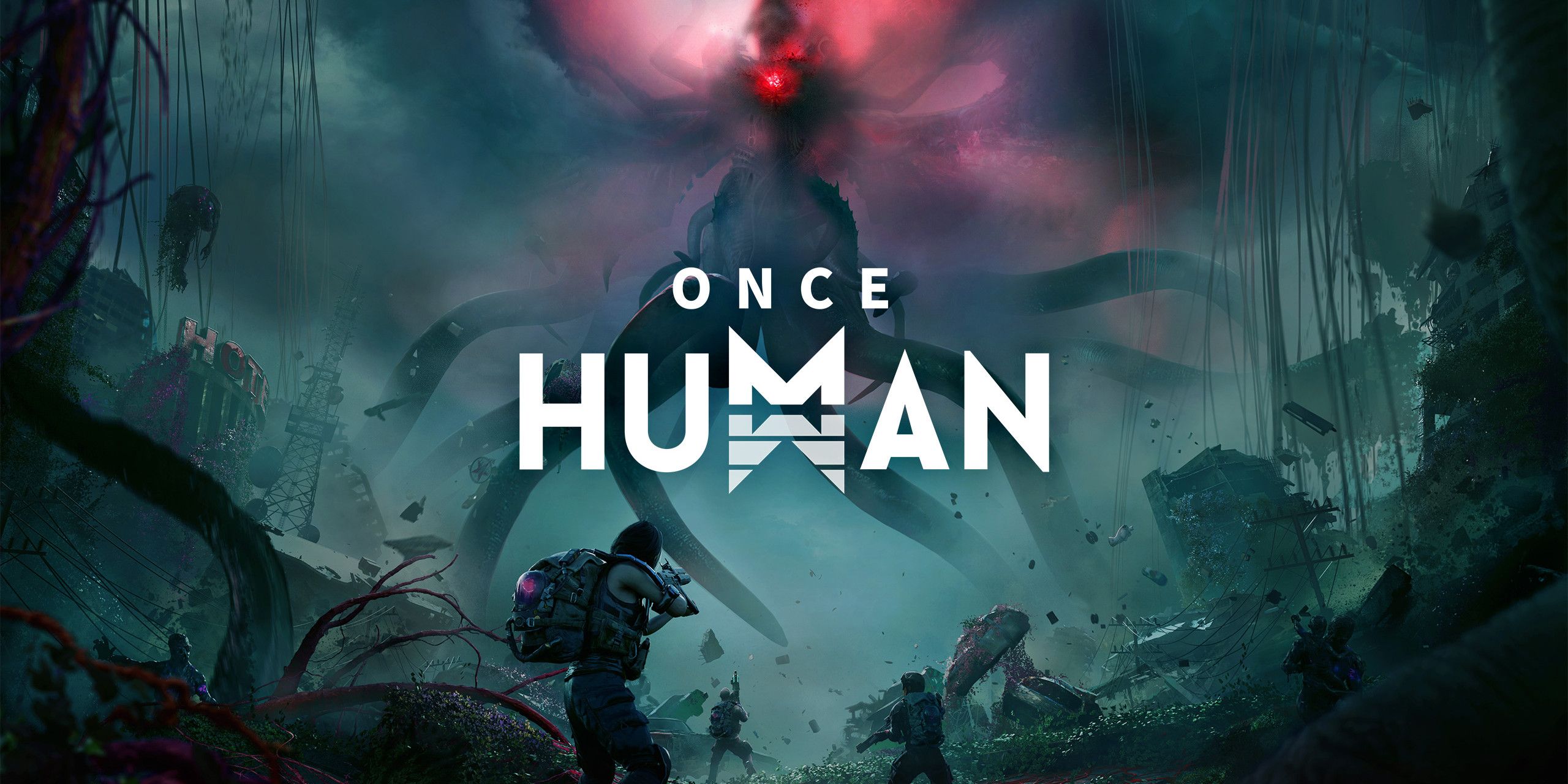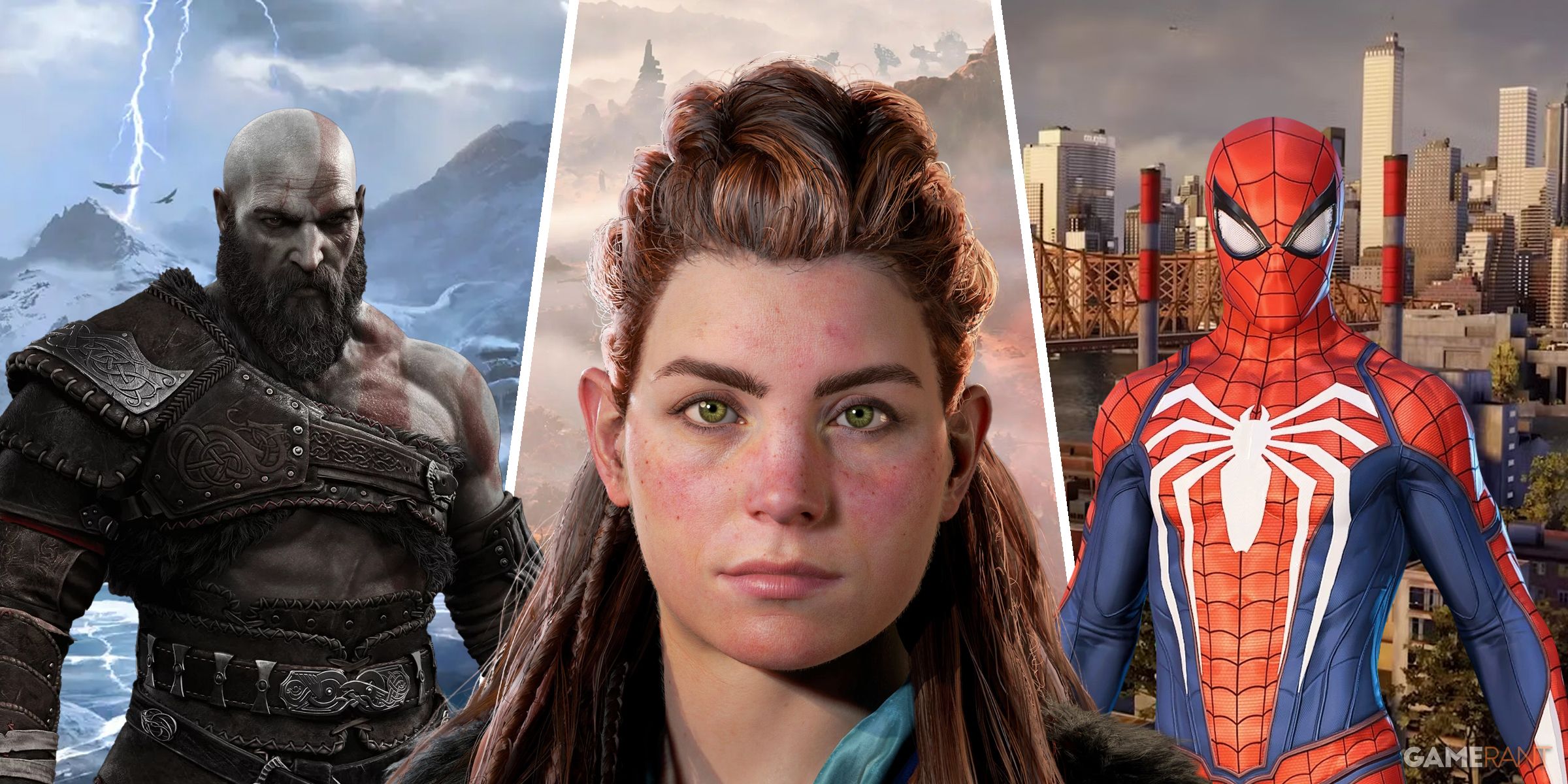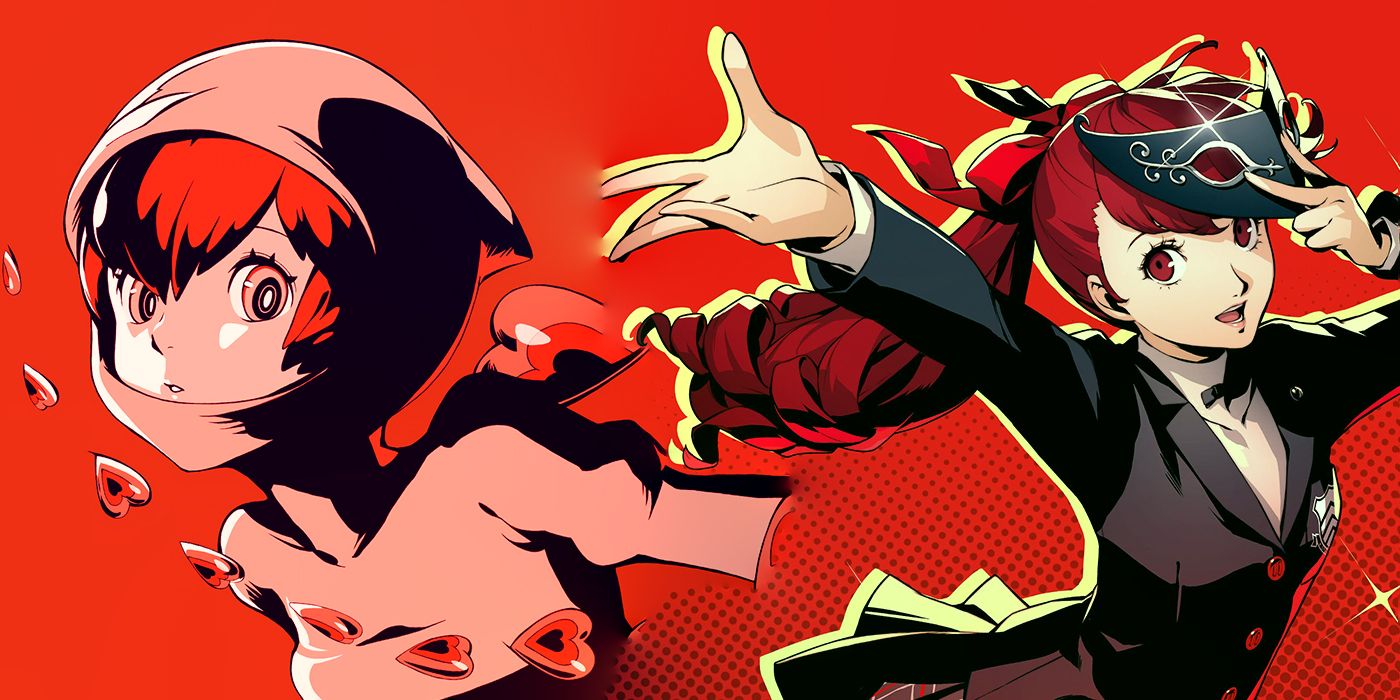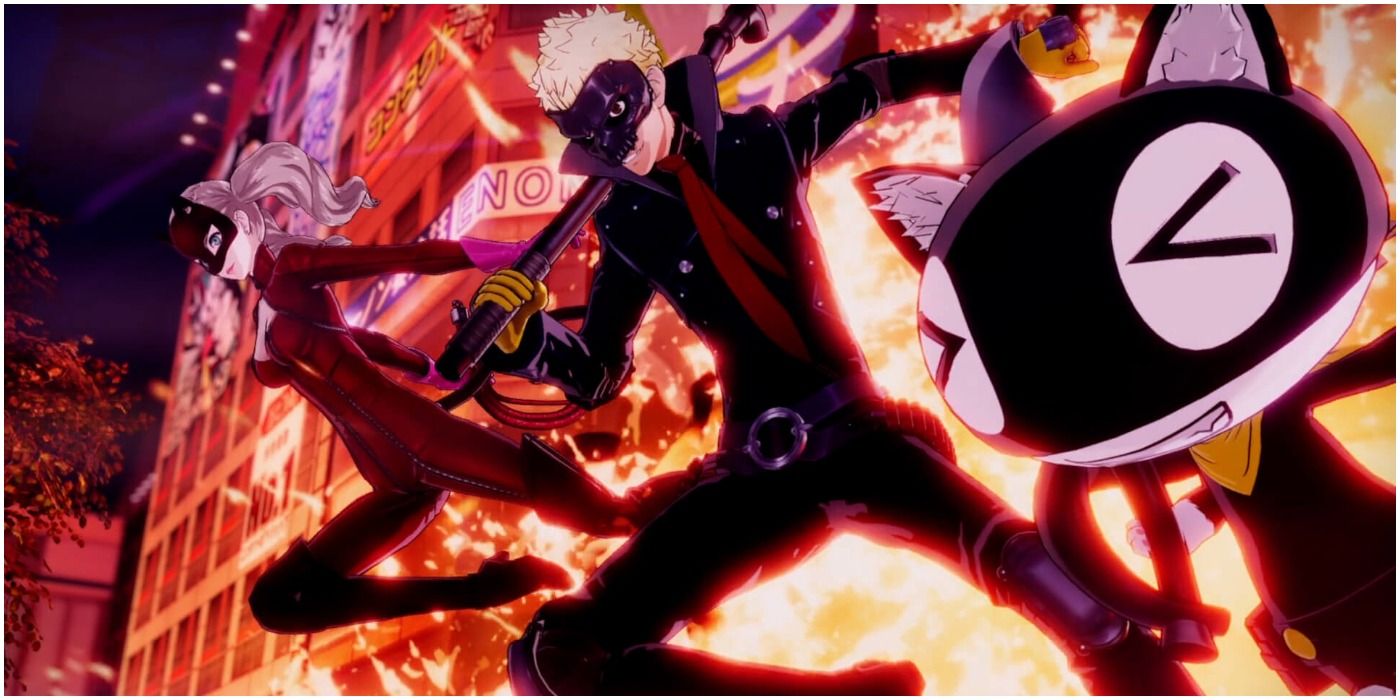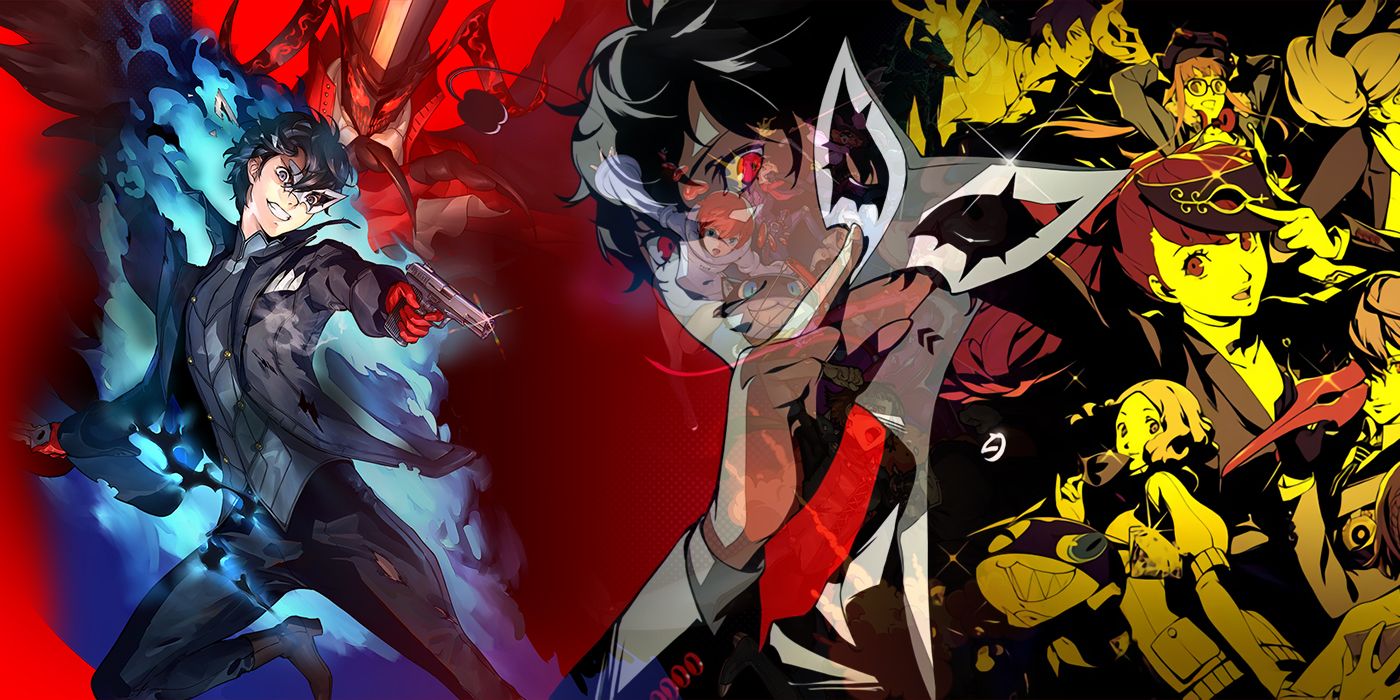In the wake of the game's steady burn to massive success, Persona 5 has easily had the most staying power compared to any other entry previously. The Phantom Thieves' initial journey was incredibly impactful to players and longtime fans, even in the packed year of game releases that was 2017. Since then, Persona 5 and the franchise as a whole has only grown in popularity worldwide. Thanks to the expanded definitive edition in Persona 5 Royal, paired with the pseudo-sequel Warriors spin-off game Persona 5 Strikers, the adventures of the Phantom Thieves continue even further, despite how different these games are.
Obviously from a gameplay standpoint, these games couldn't be any more different, but the narrative differences are the most interesting. At the risk of being reductive, the easiest way to describe Persona 5 Royal is a deeply enhanced version of the original JRPG Persona 5, even though it's arguably more than that. Persona 5 Strikers, on the other hand, is clearly a spin-off in a different genre that melds Persona 5 elements into a Musou-style action RPG. However, from a story perspective, Persona 5 Royal and Persona 5 Strikers iterate off one another in genuinely interesting ways, even if the moment-to-moment action in Strikers can be a bit repetitive.
Surprising Similarities, but Obvious Gameplay Differences
While 2017 was a particularly packed year for video game releases, Persona 5 Royal had a lot more breathing room for success when it released in 2020, free from the spotlight next to games like Breath of the Wild and Horizon Zero Dawn. Persona 5 Strikers saw a similar avenue success on a micro-level, even with it being largely considered a sequel to the original Persona 5 and being marketed as a spin-off title. The two games couldn't be any more different in action, but functionally speaking, the two games are actually surprisingly similar.
On a surface level, both games don't play anything alike: Enemy encounters in Persona 5 Royal are traditional turn-based battles emphasizing methodical uses of targeting enemy weaknesses and pushing advantage, while Persona 5 Strikers melds lighter versions of these gameplay elements into an action RPG style battle system.
However, despite the game's clear musou/Dynasty Warriors foundation, players fight in microcosmic in-world encounters instead of massive maps and battles. There's still plenty of enemies on screen, just not like a typical Warriors game or spin-off. Players are still utilizing certain magic and elemental affinities to target weaknesses, stagger enemies, and inflict tons of bonus damage. Combat is moment-to-moment action that requires reaction time, but utilizing magic still "pauses" gameplay like a turn in Persona 5 Royal, allowing players to implement a strategy. There's certainly a lot of Persona 5 Royal "DNA" in Strikers, even without certain characters or story beats.
Subtle Differences In the Phantom Thieves' Dynamic
That being said, the narrative differences are much more subtle and interesting moving from Persona 5 Royal to Persona 5 Strikers. Obviously as a "sequel" to Persona 5 proper, Persona 5 Strikers doesn't spend too much time reacclimating longtime fans to the cast of Persona 5 before beginning its own story. That's because the Phantom Thieves are a seasoned group of heroes by this point, and have grown substantially in the past year of Persona 5/Royal's events. In the beginning of Persona 5 Royal, this fledgling group of teens have discovered an unusual power that they're only just beginning to use effectively. Persona 5 Strikers is the inverse of that character dynamic.
This confidence is evidenced throughout Persona 5 Strikers' story, moreso than most of the story arcs in Persona 5 Royal. Whereas the Thieves are often humbled by their trials throughout Royal, especially in the Royal-specific dungeon, the Phantom Thieves in Strikers are a wholly different beast. Players can hear it in the character's performances, their actions in-game, as well as how they react to certain story revelations. Every battle in Persona 5 Strikers showcases how confident and strong the Phantom Thieves are. The Warriors-style gameplay mechanics, investigating the Jails across Japan, everything about Strikers emphasizes a group of seasoned heroes.
Persona 5 Royal is Different, Persona 5 Strikers is Familiar
A lot about what makes Persona 5 Strikers great is the fact that it leans into being a "sequel" to Persona 5, even though it's more accurately considered a spin-off. Given the timeframe (a few months after Persona 5's ending specifically, not Persona 5 Royal), it's the closest thing to a Persona 5-2 that will ever exist, at least for now. Some could make the same argument to the additional semester added in Persona 5 Royal, but that's more of a difference compared to Persona 5 Strikers, which is more accurately described as familiar. Persona 5 Royal's additional dungeon, story content spliced into the main game, and its true ending subverted expectations compared to Persona 5.
Of course, at the end of the day, Persona 5 Royal really can be quantified as a definitive edition of the base game, even though it's arguably the superior game. Persona 5 Strikers will always be considered a spin-off, even if it does function well as a sequel to the original game. However, putting aside obvious gameplay differences, the two are pretty similar in terms of gameplay and narrative structure. It's really in execution where both Persona 5 Royal and Persona 5 Strikers differ greatly. Persona 5 Strikers fulfills an early gameplay concept that could've made Persona 5 an action RPG, whereas Persona 5 Royal emphasizes and perfects Persona 5's JRPG impact.
Persona 5 Royal is available now on PS4. Persona 5 Strikers is available now on PC, PS4, and Switch.

